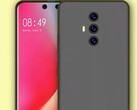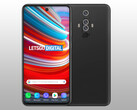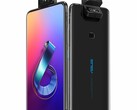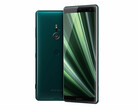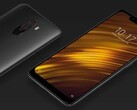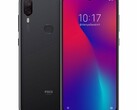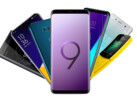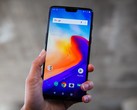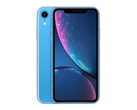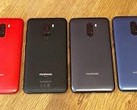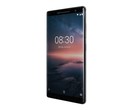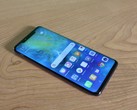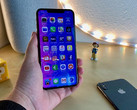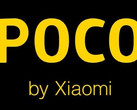Xiaomi released the Pocophone F1 back in August last year. The device received a lot of critical acclaim for its high performance to price ratio, and is probably still the best value offering on the market. The F1 finally made the trip over to DxOMark yesterday and managed to post some rather interesting scores.
The F1 earned an overall score of 91, in the same ballpark as the Samsung Galaxy S7 Edge (89), Asus Zenfone 5 (90), Mi Note 3 (90), HTC U11 (90), iPhone 8 (92), and Samsung Galaxy Note 8 (94).
In the photo segment, it recorded a score of 92, about par with the iPhone 8 (93), Asus Zenfone 5 (93), and the first-gen Pixel (90). Notable weaknesses included low level of detail in low light, which is about par for budget devices and is the true measure of a phone's photographic abilities these days; low detail in zoom, and unnatural face rendering in bokeh shots.
In the video section, the F1 made do with a score of 90, also on par with the first-gen Pixel and the iPhone 8. That score also shows a slight advantage over devices like the Galaxy Note 8 (84), Zenfone 5 (86), and Xiaomi’s own Mi Note 3 (82). Notable weaknesses included low details in most conditions, poor dynamic range, and inconsistent exposure and white balance.
All of these considered, the Poco F1 manages to continue its form: Unspectacular but more than good enough. At its sub-US$350 price point, you’d be hard-pressed to find a brand new device with better camera performance. Of course, it should also be noted that older flagships like the U11 and Galaxy Note 8 may offer an all-around higher quality package.
Of course, for those looking for great cameras, the Poco F1 is still a great option, especially since you can just install one of the numerous Gcam ports on it, and have a device capable of holding its own against last-gen devices. The Poco uses Sony’s IMX363 sensor, the same sensor used on the Pixel 3, and camera performance sees a marked improvement when it’s paired with Google’s camera app.




